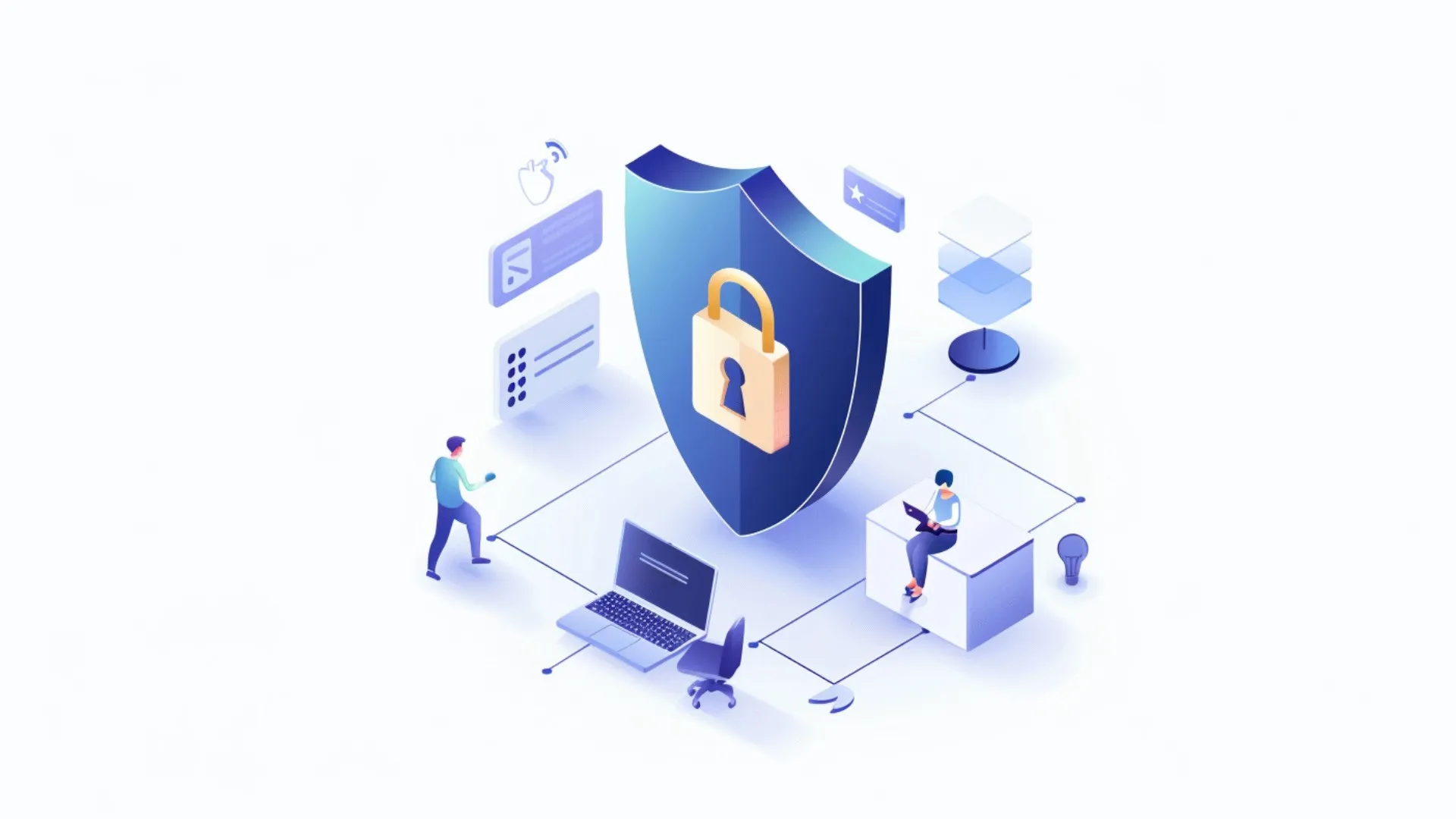
Role-based access, menu/field restrictions, 2FA, IP/device controls, audit logs, GDPR/KVKK compliance, and export policies for secure operations.
In service businesses, security is as indispensable as speed. Customer data, payment information, and operational records can create financial and reputational risks if they fall into the wrong hands. Therefore, the system is designed with role-based authorization (RBAC), menu/field restrictions, audit trails, session & device security, export policies, and GDPR/KVKK compliance. The goal is to implement the “least privilege” principle, ensuring both productivity and security at the same time.
Users are assigned to roles, and each role has specific permissions. Example roles: cashier (add payment – view invoice), workshop (status change – tagging), courier (pickup/delivery – routing), manager (report – configuration), accounting (e-document – receivables). Permissions can be defined at the menu level (view/add/delete/export), record level (own branch / all branches), and field level (masking amounts, masking phone numbers).
The system logs critical actions with timestamp, user, and old–new values. Examples: “credit limit 10,000 → 12,500”, “invoice cancellation request”, “user X downloaded report”. Audit logs provide evidence for internal and external audits. Logs cannot be deleted; retention periods and access rights are configurable.
Following the principle of data minimization, only necessary fields are collected. Privacy notices, retention periods, and deletion/anonymization policies are defined. Customers manage their communication consents (opt-in) and preferred channels (SMS/WhatsApp/email) in their profile. “Data subject requests” (access/correction/deletion) are logged and tracked.
In multi-branch scenarios, data visibility is managed by role–branch mapping. Users may be restricted to “own branch only” or “regional branches”. HQ users can view all branches, but export/download rights are still role-based.
Configuration and data backups are taken periodically, with regular restore tests. Critical reports can be securely archived via email/SFTP. In case of outages, offline queue scenarios (field forms) prevent data loss.
The system alerts on suspicious patterns such as failed login attempts, unusual download volume, or rapid multiple record changes. Re-authentication may be required when an IP address changes.
Is 2FA mandatory? Optional, but strongly recommended for high-risk roles.
Who can unmask phone/amount fields? Only authorized users; all unmask actions are logged.
Is there a limit on Excel/PDF downloads? Yes, quotas and time-limited links can be enforced by policy.
Can a branch employee view another branch? Depends on permissions; by default access is limited to their own branch.

Create a free demo account with Aktif Müşteri POS Software and try it for 15 days without any fees!